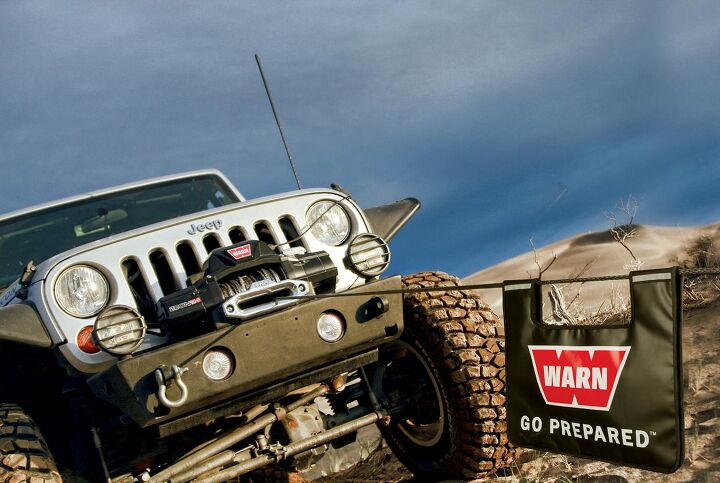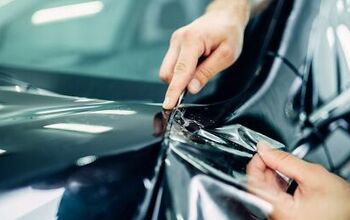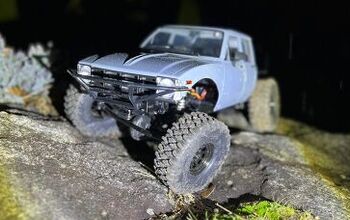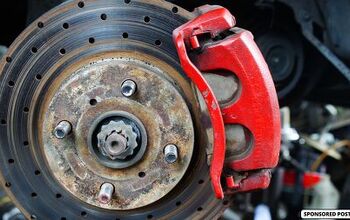What is a Winch Blanket Damper and Why do I Need it for Winching?

A winch is a fantastic tool for off-roaders to get themselves unstuck, and it can also be used as a tool by those who need a device for pulling on something with force. However, winches are inherently dangerous due to the pressure created by the line when under tension, so avoiding this danger is best done by use of a winch blanket damper, also known as a winch dampener or simply a winch damper, which is a safety device used in conjunction with a winch during vehicle recovery operations. It is designed to enhance safety by minimizing the risk of injury or damage in case of a cable or rope failure during winching.
When winching, a significant amount of force is applied to the metal cable or synthetic rope that spans from the vehicle (i.e., the winch that is on the vehicle) and whatever it is that the winch is attached to. If the cable or rope fails under load, it snaps with extreme force, recoiling with a high level of energy. It looks and sounds like someone cracking a whip, except it’s more unpredictable and even more dangerous. This poses a serious safety hazard. The purpose of a winch blanket damper is to absorb and dissipate this energy, reducing the potential for bodily injury or damage to the vehicle.
Key features of a winch blanket damper typically include:
Weighted Design: Winch dampeners are usually weighted and designed to be placed over the winch cable or rope. The weight helps keep the damper in place during use.
Reflective Strips: Many winch dampeners have reflective strips or markings to increase visibility, especially in low-light conditions or at night.
Attachment Points: They often include attachment points or pockets where additional weights (such as sandbags) can be added to increase effectiveness. Adding weight does make the winch blanket harder to carry, but it can also be the difference between the line’s snapping trajectory coming towards the vehicle and its attachment point at head-height or, hopefully, lower.
Here's how a winch blanket damper works:
In the event of a cable or rope failure, the winch blanket damper prevents the cable or rope from recoiling uncontrollably.
The weighted design and attachment points help to absorb and disperse the energy generated during a cable failure.
By spreading the energy over a larger area, the risk of injury to nearby people or damage to property or vehicle is reduced. Effectively, the dispersed force from the blanket laying over the cable/rope/line forces the line to get pushed downward should it snap, rather than go flying high into the air. Using a winch blanket damper is a crucial safety practice when performing vehicle recoveries with a winch. It's important to follow the manufacturer's guidelines and instructions for proper usage. Always prioritize safety by keeping bystanders at a safe distance, wearing appropriate personal protective equipment, and inspecting winching equipment regularly for any signs of wear or damage.
Where on the winch line should a winch damper go?
The best place for a winch blanket to be placed is midway along the line between the vehicle and the point to which the winch is attached. Ideally, you should do so before the winch line is under tension.
What should I use as a winch damper?
Ideally, you should use a dedicated winch blanket/damper for this task. They are designed specially to divert the force of the winch down in the instance in which a winch line breaks or snaps, which can help avoid injury or worse. However,
What else can a winch blanket be used for?
Many winch blankets can be worn as high-visibility vests. Some also have storage compartments within them for keeping other recovery equipment, like shackles, gloves, and tree savers.
Can I use something else as a winch damper if I don’t have one?
You can, though it’s not as effective as a purpose-built winch blanket. A towel, floor mat, or jacket can work in a pinch, but we always recommend using a proper winch dampener when possible.
How expensive is a winch damper?
Winch blankets range in price depending on the quality of the product as well as the brand name that is or isn’t attached to it. However, we can confidently say that at any price a winch blanket is worth its weight in gold; there’s on reason to take shortcuts when it comes to safety, and $50 here can go a long way to preventing severe injury.
Other quick winching tips
- Always wear padded or reinforced gloves when winching.
- Good recovery equipment is relatively inexpensive compared to the damage that can be done when recovering without the right kit and when compared to calling a tow service for a recovery.
- Education and practice using recovery gear is as important-- if not more so-- than the equipment itself.
- Be sure to stand clear of the winching zone when the vehicle is under load.
- Keeping the winch cable clean can not only prolong cable life but also help keep the winch line safe and strong.
- Always winch with the vehicle running, as not doing so will kill the battery quickly.
- Pre-tensioning the cable, or reeling it in under load, is crucial to it being an effective tool when the time comes that it is needed.
- Never put your fingers (or any other appendage) near the winch drum, clutch, rollers, etc.
- When a winch line snaps under load, the force it exerts can be deadly. Use extreme caution.

Ross hosts The Off the Road Again Podcast. He has been in the off-road world since he was a kid riding in the back of his dad’s YJ Wrangler. He works in marketing by day and in his free time contributes to Hooniverse, AutoGuide, and ATV.com, and in the past has contributed to UTV Driver, ATV Rider, and Everyday Driver. Ross drives a 2018 Lexus GX460 that is an ongoing build project featured on multiple websites and the podcast.
More by Ross Ballot




































Comments
Join the conversation